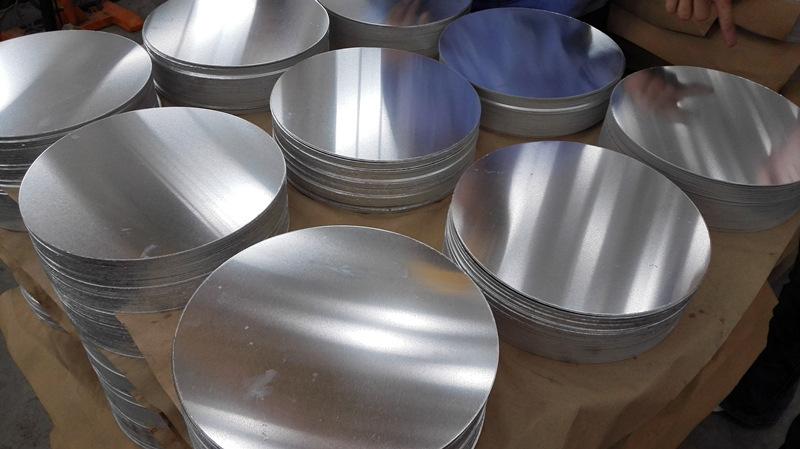Aluminum discs circles, crafted from high-quality aluminum alloys, serve as versatile components in numerous industries, ranging from cookware to lighting fixtures. Among the plethora of aluminum alloys available, 1050 and 1060 stand out as popular choices due to their purity and beneficial properties. In this article, we delve into a comparative analysis of 1050 and 1060 aluminum discs circles, exploring their compositions, properties, applications, and key differences.
Composition
1050 and 1060 aluminum alloys are both classified as pure aluminum, with minimal impurities. However, there are subtle differences in their compositions. 1050 aluminum contains 99.5% aluminum, while 1060 aluminum contains 99.6% aluminum. These slight variations in impurity levels may influence certain properties of the alloys.

Properties
Both 1050 and 1060 aluminum alloys exhibit excellent corrosion resistance, electrical conductivity, and formability. Their high purity levels contribute to these desirable properties, making them ideal choices for applications where these characteristics are crucial. Additionally, they boast high thermal conductivity, making them suitable for heat transfer applications.
Applications
1050 and 1060 aluminum discs circles find widespread use in various industries and applications. They are commonly utilized in the manufacturing of cookware, including pots, pans, and utensils, owing to their corrosion resistance and thermal conductivity. Furthermore, they are employed in lighting fixtures, reflectors, signage, and chemical equipment due to their excellent formability and electrical conductivity.
Key Differences
While both alloys share many similarities, several key differences distinguish them. These variances may influence the selection of one alloy over the other for specific applications. Factors such as alloy composition, availability, cost, and specific application requirements play a crucial role in the decision-making process.

Conclusion
In conclusion, 1050 and 1060 aluminum discs circles offer exceptional properties and versatility, making them indispensable materials in various industries. Their high purity levels, corrosion resistance, electrical conductivity, and formability make them sought-after choices for a wide range of applications. While they share many similarities, understanding the subtle differences between the two alloys is essential for selecting the most suitable option for specific requirements. Whether it’s cookware, lighting fixtures, or signage, both 1050 and 1060 aluminum alloys continue to demonstrate their value and utility in numerous applications.


